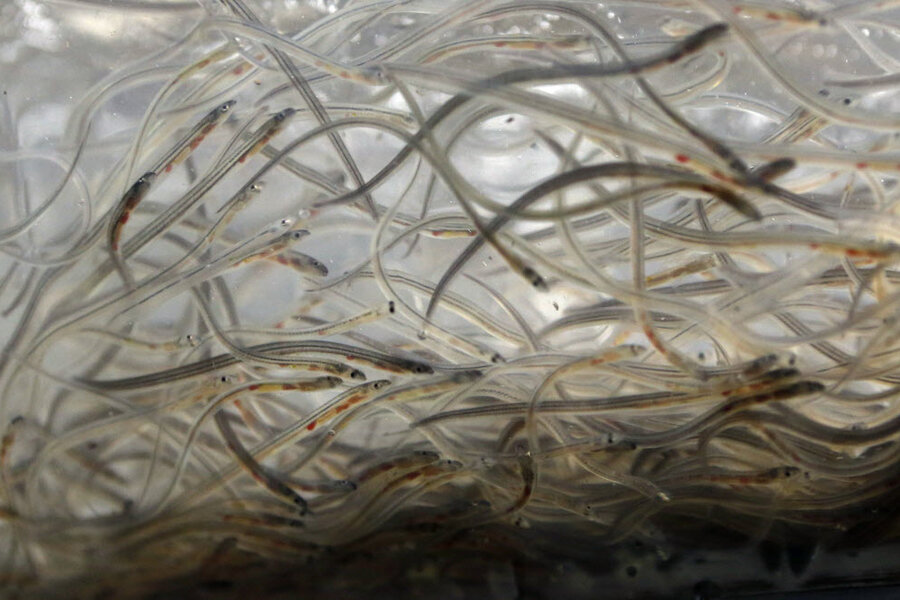Why wildlife officials aren't listing American eels as endangered
Federal officials on Wednesday declined for the second time to list American eels under the Endangered Species Act, saying the species' threats once again fail to meet the required criteria.
While the eel population suffered a significant decline in 1990s and 2000s, it appears to have stabilized since then, the US Fish and Wildlife Service said.
An official statement acknowledged: “American eels still face local mortality from harvest and hydroelectric facilities.”
But “this is not threatening the overall species,” it said.
The agency, which has declined to list the eels once before in 2007, went on to praise the effects of harvest quotas and methods that have restored “eel passage around dams and other obstructions.”
Petitioners from the Center for Environmental Science, Accuracy, & Reliability have said since 2010 that American eels are “in steep decline” across the country, from losing more than 80 percent of their habitat to being increasingly hunted by fisheries.
This week's decision brings a victory to fishermen who have been campaigning against greater protections for the eels, and who stand to benefit from up to thousands of dollars from each catch. As the Associated Press reports:
Maine baby eels were worth more than $2,100 per pound in 2015, up from less than $100 per pound in 2009. The baby eels, called elvers, are sold to Asian aquaculture companies that raise them to maturity and use them as food.
Classifying them as an endangered species would have put a severe dent in the global market, one that’s been increasingly reliant on the United States since a decline in the population of European eels in the 1990s.
Esquire reports that 70 percent of the world’s freshwater eel catch goes to Japan, where it is ubiquitously served and known as unagi.
“Despite habitat loss throughout their range,” Krishna Gifford, a listings coordinator for the wildlife service, told the AP, “we know the eels remain widely distributed through their historical range.”
This report contains material from The Associated Press.






